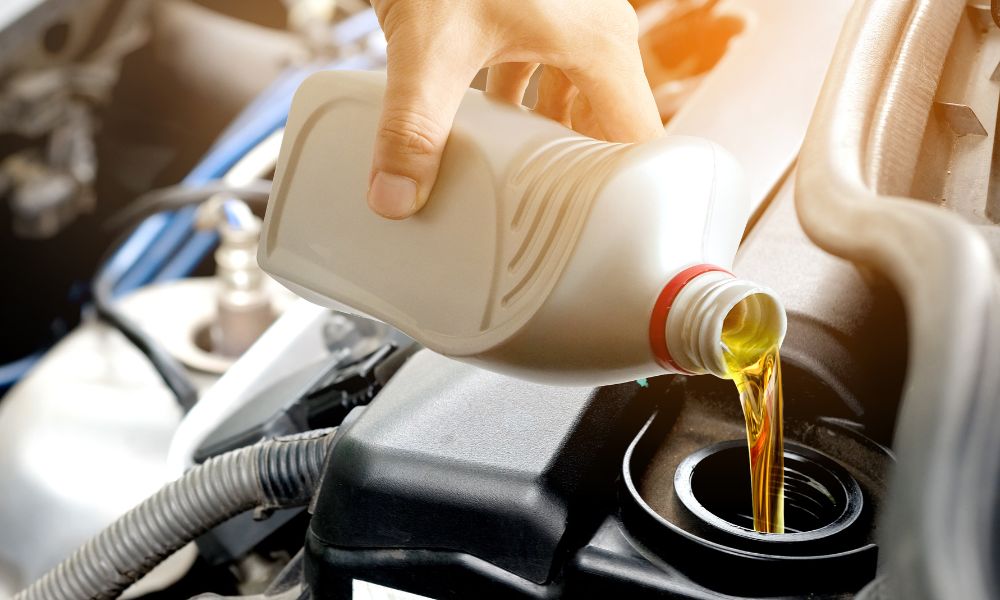When it comes to high-performance engines, one critical factor determines how well your engine holds up under extreme racing conditions: Zinc. Found in almost all Driven Racing Oil products, ZDDP (Zinc Dialkyldithiophosphate) and advanced additive packages create a protective metal barrier on your engine’s components. This sacrificial layer of metal wears away instead of your engine’s internal parts, ensuring maximum longevity and performance.
However, racing oil is not formulated for street cars. The high levels of zinc and other extreme-pressure additives found in racing oils exceed what is considered safe for street vehicles, emissions systems, and environmental regulations. If you’re not running a race engine, think twice before using racing oil in a daily driver.
Why Zinc is Essential for Racing Engines
The Protective Power of ZDDP
- Creates a Wear-Resistant Barrier: Zinc forms a layer of protective metal on camshafts, lifters, and other high-contact areas, preventing metal-on-metal wear.
- Reduces Friction and Heat: With extreme speeds and high loads, racing engines generate intense heat and pressure—ZDDP minimizes wear to keep engines running smoothly.
- Maintains Oil Integrity: Zinc’s anti-oxidation properties help reduce oil breakdown, keeping it stable even in the harshest racing conditions.
Why Racing Oil is NOT for Street Cars
- High Zinc Content Harms Catalytic Converters: Racing oils contain far more zinc than street oils, which can damage emissions control systems in street cars.
- Not Designed for Daily Driving: Racing oil is formulated for short, high-intensity use—street engines require oil with detergents and long-drain interval stability.
- Environmental Regulations: The zinc and additive levels in racing oil exceed what most environmental organizations consider safe for emissions compliance.
Choosing the Right Racing Oil
If you’re running a high-performance engine, Driven Racing Oil’s formulations offer the ideal balance of ZDDP and protective additives to match aggressive cam profiles, high-compression builds, and extreme race conditions. Many racers are shocked to find that oils like GP-1 still look brand new after dozens of passes, entire Drag & Drive events, or full circle track races—proving just how well they protect under extreme stress.
Tips for Using Zinc-Based Racing Oils
✔ Match Your Oil to Your Engine Type: Choose an oil that aligns with your engine’s needs and racing conditions.
✔ Monitor Zinc Levels in Older Engines: If your engine relies on flat-tappet cams or extreme loads, ensure your oil contains adequate ZDDP.
✔ Avoid Racing Oils in Street Cars: Always use an oil designed for emissions compliance if your car sees regular road use.
Final Thoughts
Zinc is an indispensable part of racing engine protection, offering unmatched wear resistance and durability under intense conditions. However, it’s critical to use it wisely—Driven Racing Oil’s specialized formulations ensure you get the protection you need on the track, not the street. Make the right choice for your engine’s performance and longevity with oils built for the extreme demands of racing.

